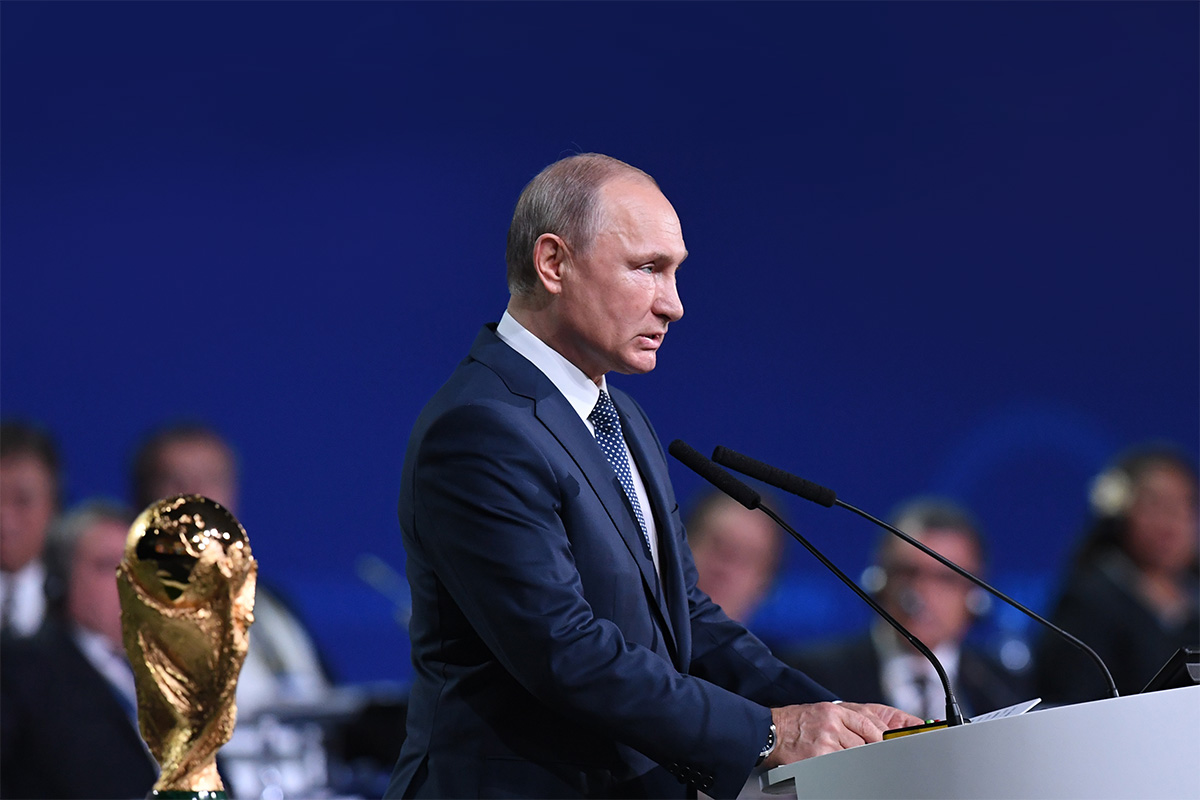Russian President Vladimir Putin and Saudi Crown Prince Mohammed bin Salman will discuss how to boost oil production while maintaining their petro-alliance when they meet in Moscow to watch the soccer World Cup’s opening match between the two countries.
The world’s largest oil exporters are negotiating how to rework their unprecedented, and successful, deal to control oil production as United States (US) sanctions on Iran and the collapse of the Venezuelan petroleum industry threaten to send crude skyrocketing. They must also contend with President Donald Trump, who used his Twitter account on Wednesday to attack the Organization of Petroleum Exporting Countries (OPEC) for artificially inflating prices.
"This is the most political OPEC meeting in a long time," said Amrita Sen, chief oil analyst at consultant Energy Aspects Ltd.
Both Saudi Arabia and Russia have proposed plans for the so-called OPEC+ group that would add as much as 1 million barrels a day, about 1 percent of global output, although Riyadh prefers a smaller increase. The back and forth signals major differences remain, even between Riyadh and Moscow, who’ve worked very closely over the past two years.
Reaching an understanding between Russia and Saudi Arabia may prove easier than obtaining a wider agreement among the 24 countries bound by the agreement first struck in late 2016. The OPEC meets in Vienna on 22 June and Iran, Venezuela and Iraq have publicly set themselves against a production increase.
"An output increase by the four main producers (Kuwait, Russia, Saudi Arabia, and UAE) looks inevitable," Ed Morse, head of commodities research at Citigroup Inc. in New York, said in a note to clients. But he warned that the size and timing of any increases was still up in the air.
Tehran illustrated the divide within the cartel on Wednesday when a senior official said that current production levels were adequate and the group shouldn’t bow to US pressure.
“The Trump administration is trying to intervene in the affairs of a sovereign organization,” Iran’s OPEC governor, Hossein Kazempour Ardebili, said in an interview. Such attempts have failed in the past and “they will also fail” this time.
Unlikely alliance
Russia and Saudi Arabia forged their unlikely alliance in 2016 after face-to-face meetings between Putin and Mohammed bin Salman. The diplomatic opening paved the way for Moscow joining OPEC in cutting production for the first time in more than a decade, with 24 countries agreeing to curb output by 1.8 million barrels a day in order to eliminate a supply glut that was weighing on prices.
Since then, prices have rallied close to US$80 a barrel. Saudi Oil Minister Khalid Al-Falih and his Russian counterpart Alexander Novak, who will also attend tomorrow’s match, have struck up a close working relationship, speaking regularly by phone and making several joint media appearances.
Many nations have gone further than their pledged cuts. Saudi Arabia said it was cutting deeper to lead by example. Others, notably Venezuela, have experienced involuntary declines in production due to problems in their oil industries. In May, the group’s total reduction added up to almost 2.2 million barrels a day, according to the International Energy Agency (IEA).
On Wednesday, the IEA said combined output from Venezuela and Iran could fall a further 30 percent next year due to US sanctions and economic upheaval. That’s one reason the US is putting diplomatic pressure on Saudi Arabia and other OPEC members, hopefully pushing down gasoline prices, before the US votes in midterm elections that could decide which party controls Congress.
"Oil prices are too high, OPEC is at it again. Not good!”, tweeted President Trump on Wednesday morning. – Bloomberg
